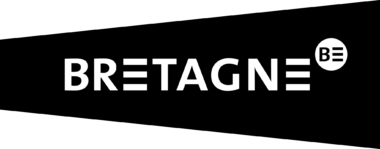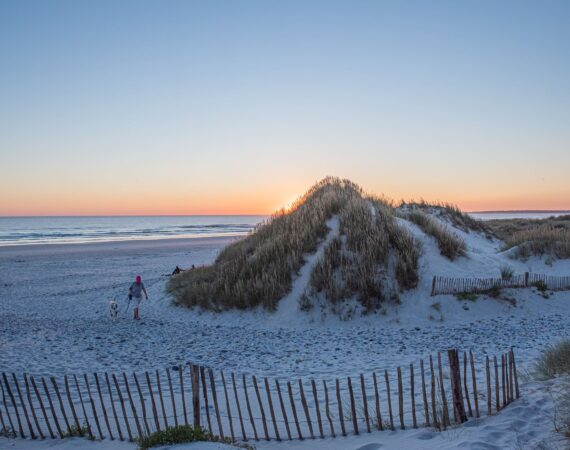During World War II
During World War II, the Nazis soon took an interest in the pebble dune lying between La Torche and Penhors. At the time the dune was quite impressive: extending 10 km reaching a median height of over 5 meters. It was thus a prime source of raw materials to build blockhouses along the coast between Brest and Lorient. In 1942, they developed a pebble crushing complex in Tréguennec, just a stone’s throw away from the ocean. All in all over a million pebbles were extracted to be crushed in Tréguennec The factory ran at full speed throughout the war. A railway line to Pont l’Abbé with a marshalling yard were even specifically built to carry the stones to Quimper. Nazi Germany’s civil and military engineering corps, the Todt, employed hundreds of Bigouden residents for an average of 300 to 400 workers a day.
The close of the war
The close of the war did not put an end to the factory’s history. The needs for raw materials at the time of reconstruction were substantial and the Germans had left a stock of 90,000 cubic meters of pebbles already extracted from the beach. The factory thus pursued its activity with around 30 workers. The activity would serve to reconstruct the roads of southern Finistère and Brest. The factory, referred to by elders as “the construction site”, closed its doors in 1948. In spite of its more constructive second era, the past of the crushing site branded its mark on the minds and bodies of locals.
Today the towering walls are painted over with two murals signed by the artist Heol, along with other graffities. An explanatory panel informs visitors on the site’s history. The seaboard preservation trust Conservatoire du Littoral, owner of the site, ensures this heritage is passed on.



